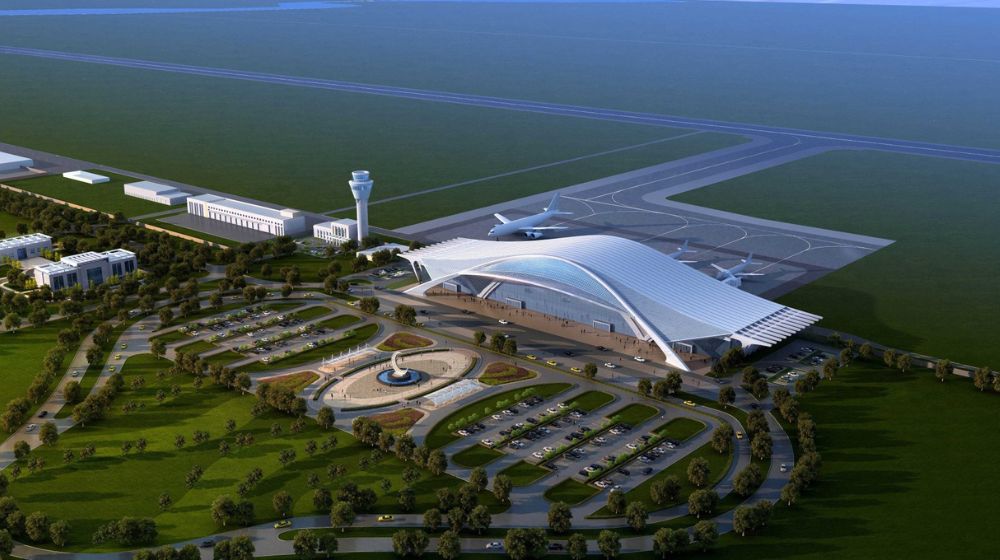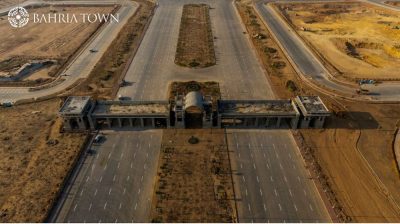QUETTA: In a significant development, the New Gwadar International Airport (NGIA) has received approval for a groundbreaking electricity supply of approximately 12MW.
This allocation ensures uninterrupted power for the airport’s operations around the clock.
On the special directives of the Ministry of Planning, the Quetta Electric Supply Company (QESCO), which handles power supply in Balochistan, has formally sanctioned 12MW to energize NGIA.
A QESCO official informed us that the installation and commissioning process is expected to be completed within 10 days.
All necessary equipment, including pole erections, transmission lines, and electrical circuits, have been aligned with the installed power system, he added.
To ensure a seamless power supply without any breakdowns, NGIA will have access to 12MW through three power transmission lines.
In case one-line experiences a malfunction, the second line will automatically take over, and if the second line also encounters issues, the third line will serve as a backup.
The three power transmission lines consist of a 286-kilometer, 132kV dual-circuit line via Naal-Basima-Naag-Panjgur, another line from the Mund-Pishin-Turbat transmission line to Gwadar Grid Station, and the third line from the Gabd-Remden power transmission line to Jiwini-Gwadar Grid Station.
According to an official from the Gwadar Development Authority (GDA), the construction of NGIA, including civil work, structural work, mechanical work, and engineering work (excluding navigational and communication work), is nearly finished.
The New Gwadar International Airport, situated 26km northeast of the existing airport in Gwadar City along the southwestern Arabian Sea coast of Balochistan, was initiated as a high-priority project under the China-Pakistan Economic Corridor (CPEC) program in 2014.
Source: The Nation










MashaAllah!
Alhamdulillah, we are a blessed country by all means -every citizen owes this homeland his/her loyalty, faithfulness and sincerity.